Blockchain Trilemma - Crypto Academy / S5W2 - Homework post for nane15
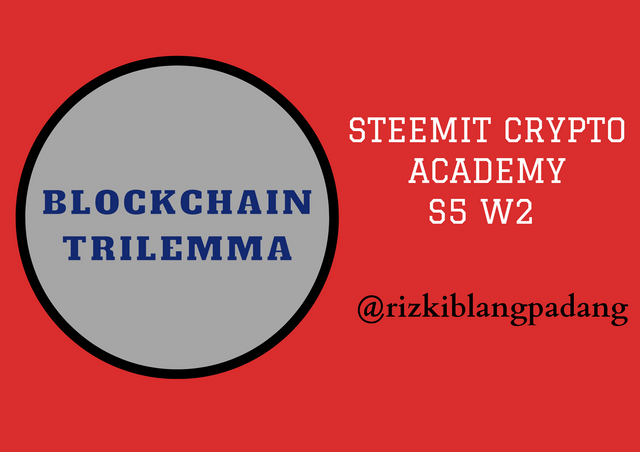


Thankyou Professor @nane15 for the lecture that you gave us, it gave us new knowledge and understanding about blockchain and also its Trilemma.


In simple language, the Trilemma is generally an upgraded version of the dilemma in which we only have two choices, while the trilemma itself is a condition where we are faced with three choices, but in economics the Trilemma has its own definition. In economics there is the term impossible Trinity or better known as the Trilemma.
Trilemma is a condition when a country is deemed impossible to implement three policies consisting of a stable foreign exchange rate, open capital flows and an independent monetary policy. Trilemma was the cause of financial crises in several country and regions such as the Mexican peso crisis and Asian crisis in 90s period also Argentina financial fall in 2001 - 2002.

In blockchain technology, the term Trilemma Blockchain is also known, the concept of which was put forward by Vitalik Buterin. This concept emphasizes the challenges blockchain developers face to build a scalable, decentralized and secure blockchain network without compromising any of these three aspects.
But often developers are forced to sacrifice one aspect in order to maximize the other two in order to achieve a stable blockchain. There are some developers who still believe that building a blockchain based on these three main aspects without sacrificing any of the three is still achievable like Vitalik Buterin and the team that developed the Ethereum 2.0 blockchain, and the Ethereum 2.0 rollout is likely to be fully rolled out next year.
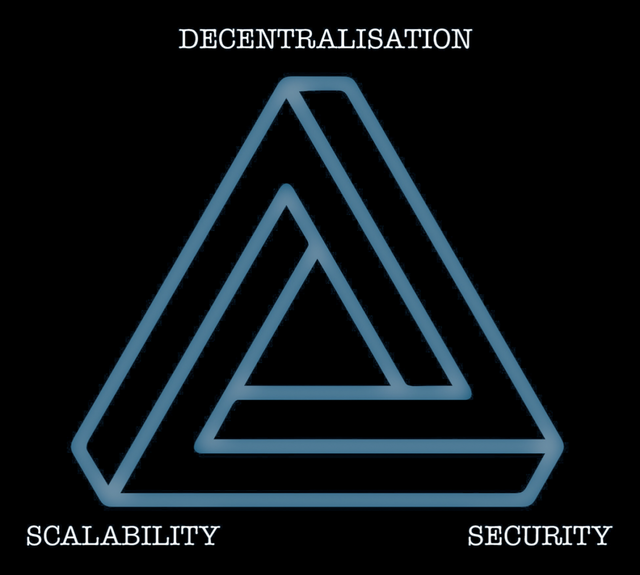
According to my understanding, three aspects that are important elements of Trilemma namely scalability, decentralization and security are very important for a blockchain. So the full launch of Ethereum 2.0 by Vitelik Buterin later hopefully will really take blockchain in a new and perfect direction, also ending the Blockchain Trilemma that is happening today.


That the Trilemma Blockchain concept is a concept from Vitalik Buterin to describe the challenges in building a scalable, secure, and decentralized blockchain. So far, only two of these three aspects can be truly integrated into the blockchain, not all three at the same time.
The Trilemma Blockchain concept helps developers to understand the relationship between these three aspects and the problem of integrating these three aspects into the system perfectly. Indeed, there is no provision that these three aspects cannot be perfectly integrated.
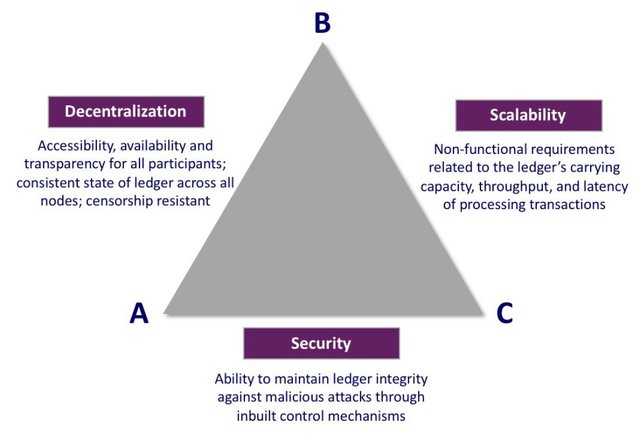
In my opinion, although the Trilemma Blockchain is basically a concept to make it easier for developers to understand the challenges of perfecting blockchain. Until now there is no solution that really solves this problem, so it's not too much of an exaggeration if I say that the Trilemma Blockchain is really the Trilemma. That's my opinion, but definitely not everyone agrees with that, because it's still possible to have a perfect blockchain with all three aspects actually working.
As I said above, there are already concepts for possible solutions including Ethereum 2.0 by Vitelik Buterin and team. However, this technology has not been fully launched until now, so this problem will continue to be the Trilemma Blockchain until there is a technology that is truly able to end the "Trilemma Blockchain" that is currently happening.


Decentralization is a component that makes blockchain a technology as a unique technology and a solution for the world of finance that is centralized in the Central Bank. Decentralization within blockchain allows server to connect to each other and have the same role that forms a peer to peer network and is not centralized on one server like in a Bank.
Decentralization is very important because anyone has equal access to the system without requiring permission from certain authorities, anyone can contribute to building and developing the platform. All decisions in the blockchain system are completely left to the system users based on consensus.
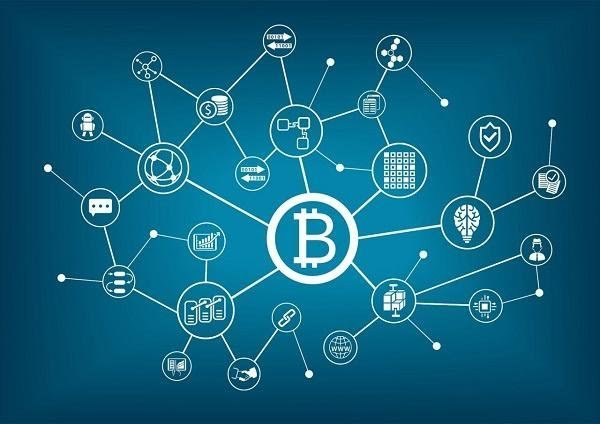
Every transaction that occurs on the blockchain network is verified by consensus, and cannot be changed or altered. So it takes a system that is not centralized in one central entity only. In addition, when the transaction has taken place, then there is trust that arises between individuals, not before. For that reason, decentralization has become indispensable in blockchain systems.
The various consensus algorithms on the blockchain are all based on decentralized principles such as Proof Of Work (PoW), Proof of Stake (PoS) and Delegated Proof of Stake (DPoS). Of course, the trilemma is that when decentralization must be sacrificed to strengthen two more aspects, blockchain will lose one of the other two aspects if it is centered on decentralization only, such as bitcoin which focuses on decentralization and security and sacrifices scalability.
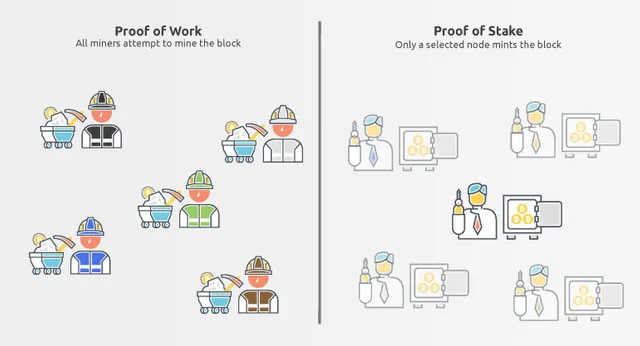

Scalability simply means the limitation of the network's ability to process the number of transactions that occur on the blockchain network. Scalability refers to the ability of a blockchain projects to handle network traffic, its growth and capacity.Scalability is a problem in the blockchain network as it develops as it is now.
Even though there are some projects that claim they are already at the stage of having no problems with scalability but what if the blockchain has to support transactions from users that are increasing every day.Like the current scalability of bitcoin, which is only able to process transactions with a maximum size of 7 transactions per second on average. Of course this will be a very difficult problem in the future seeing the growth of bitcoin users.
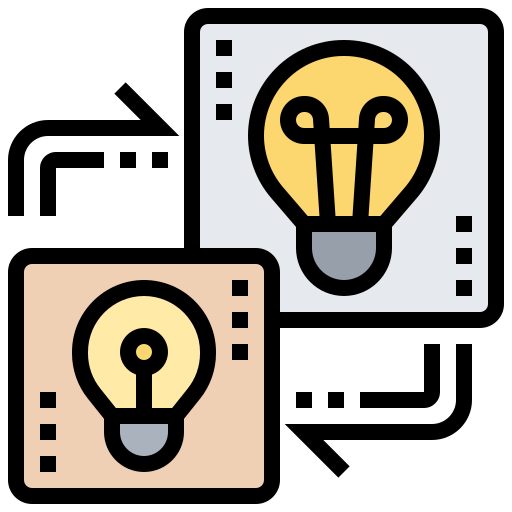
Of course, to increase scalability, blockchain projects are trapped in the Trilemma and have to sacrifice one aspect between decentralization and security. An example is the EOS Blockchain which focuses on scalability and has succeeded in increasing the scalability of its blockchain network which is able to reach around and will grow again in the future, but EOS Blockchain has to sacrifice decentralization in its network.
As I explained above, that the Trilemma blockchain has not yet found a truly effective solution, even if there is it has not yet been launched so we cannot judge the extent of its effectiveness.

Blockchain is known for its tight security, every data in the system is stored and protected properly. So it can be said that no digital data storage is as secure as on the blockchain. The security of this blockchain data store is not without reason because there are several things combined in the system such as zero-knowledge storage, encryption, privacy, security, and trust, all combined with a decentralized immutable ledger.
In my opinion security is the most important thing in any network including blockchain because security is very necessary for the full functioning of the blockchain. Without security, it is easy for hackers to carry out their actions by manipulating data in the ledger or by controlling nodes.

Having data securely protected even from hackers does not mean the blockchain is free from that possibility. But the decentralization of data gives blockchain systems the advantage of protecting data because to change the chain, someone must be able to control more than half of all computers or nodes in the ledger.
So the importance of security in blockchain is more often about other aspects of Trilemma in developing blockchain, but some ideas have emerged to focus less on security and prefer to improve the other two aspects.


Based on my observations, there are solutions developed gradually by developers using different approaches to solve this Trilemma Blockchain problem. Here are some solutions that are being developed which are divided into layer 1 and layer 2 which are already developing in the blockchain community.
The layer 1 solution is to make modifications directly to the blockchain network such as improving the consensus algorithm from Proof of Work to Proof of Stake and also sherding. An example is Ethereum 2.0 which is improving their consensus algorithm from PoW to PoS.
Borrowing Prof @nane15's term that PoW is the father of all consensus algorithms on blockchain. Basically PoW is very secure but so slow that it impacts the scalability of the blockchain. With a Proof Of Stake (PoS) consensus algorithm that determines the status of nodes based on their stake in the blockchain, it does not require miners to crack cryptographic algorithms with significant computing power.

Ethereum 2.0 is also adopting sharding in increasing the capacity of their blockchain. Sharding is the splitting of a transaction into smaller "shards". The blockchain network processes these shards in parallel, which allows multiple transactions to occur simultaneously.
In addition, the nodes no longer need to store copies of the blocks, but this information is distributed and stored by completely different nodes. Shards also provide proof of those transactions to the main chain and communicate with each other using a cross-shard communication protocol.
There are several layer 2 solutions that blockchain developers can use. Based on my knowledge there are two layer 2 solutions that I can describe.
First is the Nested Blockchain which Ethereum has started to implement with the plasma blockchain. In this system there are multiple levels of blockchain that are built on top of each other and linked via a parent-child chain connection that executes actions, and sends the results back to the mainchain reducing mainchain workload and increasing scalability.
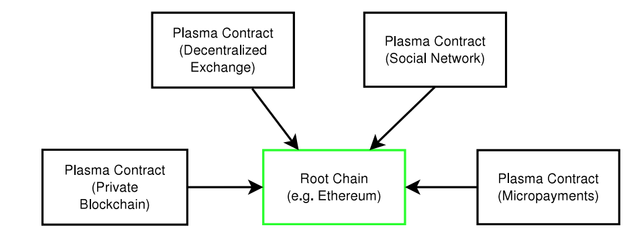
The principle in nested blockchains is that the main blockchain sets the rules for the entire network and does not take part in the operations because everything is run by the nested blockchain. The plasma blockchain on the ethereum blockchain is an example of a nested blockchain that has worked its way up to this day.
Then the second is the state channel which is a two-way communication channel between participants who are usually in the blockchain network but in the state channel interaction occurs outside the blockchain. This reduces the waiting time because we are no longer dependent on third parties like miners.
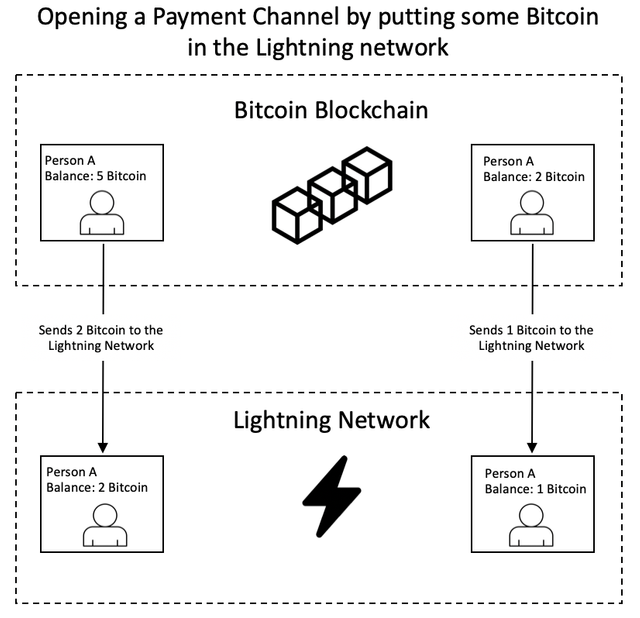
State channels work with mutually agreed smart contracts and the participants can transact directly without the need to send anything to the miners first, when the transaction is complete the final status of the channel will be added to the blockchain. An example of this state channel is the lightning network on the bitcoin blockchain.


Trilemma Blockchain emphasizes the challenges blockchain developers face to build a scalable, decentralized and secure blockchain network without compromising any of these three aspects. The three important aspects of the Trilemma so far have not been maximally implemented together, although there are already solutions that have started to be implemented such as improving consensus and sherding algorithms at layer 1, nested blockchain and state channels at layer 2 have not really been able to put an end to " Trilemma Blockchain".

That's my little understanding of Blockchain Trilemma, of course, there are still many mistakes and shortcomings in this homework post. Thank you to my brothers at TSS who never get tired of guiding and directing me. You Are Amazing, Guys.


Cukup bereh barang... 😍😍😍